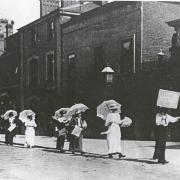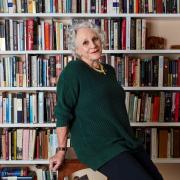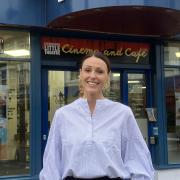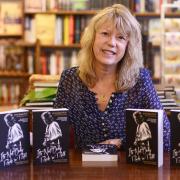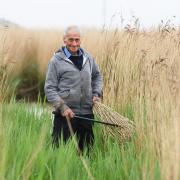Born into a family of Quakers, Elizabeth (Betsy) Fry went on to be an important social reformer in Britain

On October 12, 1845, one of Norfolk’s most remarkable daughters, Elizabeth Fry, died at the age of 65. She had devoted her life to improving conditions for the most under-represented members of society such as prisoners and the homeless. Her achievements were quite remarkable, particularly bearing in mind that at the time it was uncommon for women to play such a prominent role in campaigning on important issues.
Elizabeth Fry (neé Gurney) was born into a wealthy Quaker family in Norwich, on May 21, 1780. Her father John was a partner in Gurney’s Bank and her mother Catherine was a member of the Barclay banking family. Such was the family’s wealth that the expression ‘as rich as the Gurneys’, to denote a highly affluent person, became a popular saying.
At the age of 20 Elizabeth married Joseph Fry, a fellow Quaker whose family also owned a bank, and moved to London.
From a young age Elizabeth had expressed a desire to help those in need, but in 1813 this mission became more focused following a visit to Newgate Prison. A friend of the Fry family, a Quaker missionary named Stephen Grellett, had visited Newgate and told her of the appalling conditions in which the women prisoners lived. She decided to go and see for herself and was horrified at what she found. She would later give evidence to a House of Commons Committee on the state of British prisons, describing the squalid and cramped conditions in which the Newgate women prisoners lived, many of whom were accompanied by their children who were imprisoned with them.

Elizabeth began to visit the women regularly, taking clothes and food for the prisoners and their children. A school was set up within the prison to provide the children with at least some sort of basic education. She was much criticised for making one of the prisoners, Mary Connor, a school mistress, but this typified Elizabeth’s approach. She believed the women should be given the opportunity to play their own part in improving their conditions. In 1817 the Ladies Association for the Reformation of Female Prisoners was established, with members joining Elizabeth in her work at Newgate. Similar schemes were rolled out later at other prisons across the country.
Not all of Elizabeth’s calls for social reform were sympathetically received. She repeatedly expressed her opposition to capital punishment at a time when the death penalty was common even for minor offences such as shoplifting. It was highly unusual at that time for a woman to take on such a high-profile campaigning role and Elizabeth’s opponents criticised her – without justification – for neglecting her family.
Who was Norfolk admiral Sir Cloudesley Shovell?

Conditions improved slightly when Robert Peel became Home Secretary and passed the 1823 Gaols Act, which brought in a series of much needed prison reforms. In time, there was also a reduction in the number of crimes which carried the death sentence.
However, Elizabeth’s mission to help the most disadvantaged in society continued. Following a visit to Brighton in 1824, shocked by the large number of beggars she saw on the streets, she established the Brighton District Visiting Society. Under this revolutionary scheme volunteers became personally acquainted with the poor by visiting them at home and providing them not only with financial support to buy food and other necessities, but also helping them to start saving small amounts so in time they became self-sufficient. This became the model for similar schemes across the country.
Elizabeth’s pioneering work was nearly halted for good in 1828 when her husband, Joseph, was declared bankrupt. Elizabeth’s family had offered financial assistance when the bank owned by the Frys had previously encountered problems, but this time the Gurneys decided that it was beyond rescue and it went into liquidation.
The Quaker leaders took a dim view of Joseph’s bankruptcy and he was expelled from the church (although he was later readmitted). The situation also caused Elizabeth much personal embarrassment. She was accused by some of her detractors of having used some of the money donated to her charitable works to shore up her husband’s finances. Fortunately her brother Joseph was on hand to take control of her business affairs and to enable her to continue with her charitable work.
The Quaker Movement was highly involved in the campaign for the abolition of slavery. Elizabeth’s brother-in-law, Thomas Fulwell Buxton, became a key figure in the eventual passing of legislation to abolish slavery throughout the British Empire in 1833 and Elizabeth is also known to have played her part in furthering this cause. A later newspaper article reporting her death commented that “In the slave trade question, her exertions were surpassed only by a few of the opposite sex.”
When Elizabeth died in October 1845 at Ramsgate in Kent, thousands of people are said to turned out to pay their final respects to one of the greatest philanthropists this country has ever produced. She may have been born into a world of wealth and privilege, but there can have been few who can claim to have achieved so much for the improvement of conditions for the poor and disadvantaged.













